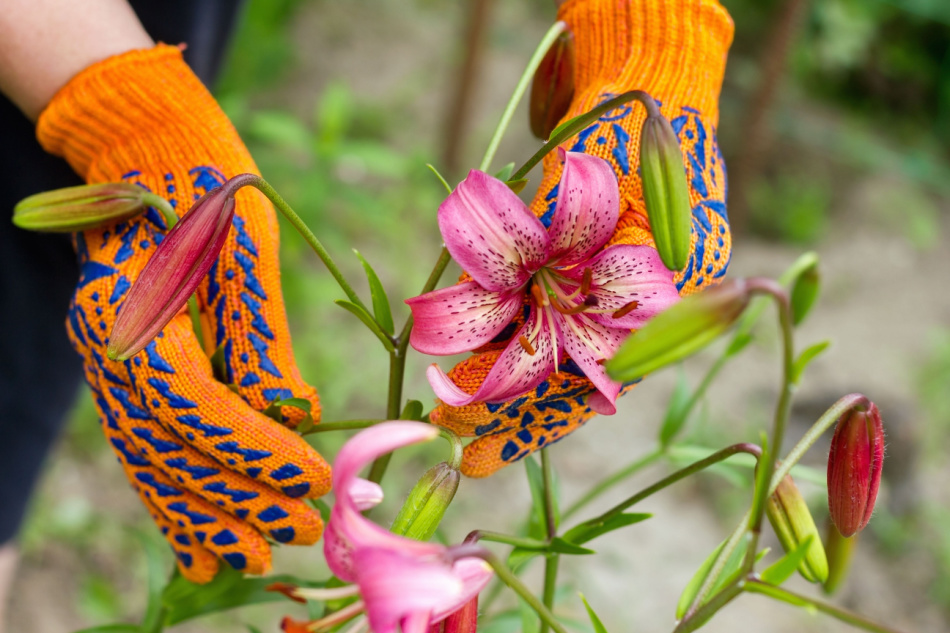The Puerto Rican crested toad is the only toad native to Puerto Rico and, in recent years, the endangered species’ population numbers have been decreasing. Currently, there are only an estimated 1,000 to 3,000 amphibians left in the wild in the Guanica State Forest in the southwest part of the island. That may soon change, however, thanks to the Nashville Zoo, which has recently sent a care package to the Caribbean island containing 5,000 crested toad tadpoles.
The Nashville Zoo is among a handful of zoos participating in the American Zoo and Aquarium Association (AZA), a program that launched in 1984 with the aim to help the survival of threatened or endangered species in captivity. Since its inception, the 20 North American zoos now taking part in the program have bred 263,575 tadpoles to be released into protected ponds in the Guanica National Forest
The Nashville Zoo has been working with the Puerto Rican crested toads since 2008 and was first successful at breeding them in 2012. So far, the zoo has shipped more than 21,000 tadpoles to the island for release.
“All the participating AZA institutions that are selected for a certain release follow a specific protocol for cooling and placing the toads in the rain chamber to stimulate breeding,” Sherri Riensch, lead herpetology keeper at Nashville Zoo, tells Treehugger. “This allows for all of the tadpoles to be the same age and size upon release thus none of the different genetics will have a leg up on any of the others.”
The toad gets its name from its distinctive snout and bony head crest. Their color varies from yellowish-green to blackish-brown on the dorsal area, and creamy white on their underside. They are medium-sized, with adults reaching between 2.5 to 4.5 inches. Its skin has a pebbled texture.
For their 1,700-mile journey, the tadpoles are carefully packaged in large plastic bags that contain fresh water and are enriched with oxygen, explains Riensch. “The bags are placed in foam boxes inside cardboard boxes to insulate them from extreme temperatures and rough handling.” After their arrival, the tadpoles are released in their native habitat, where they are monitored by conservationists until they become adults and move on from the initial pond.











